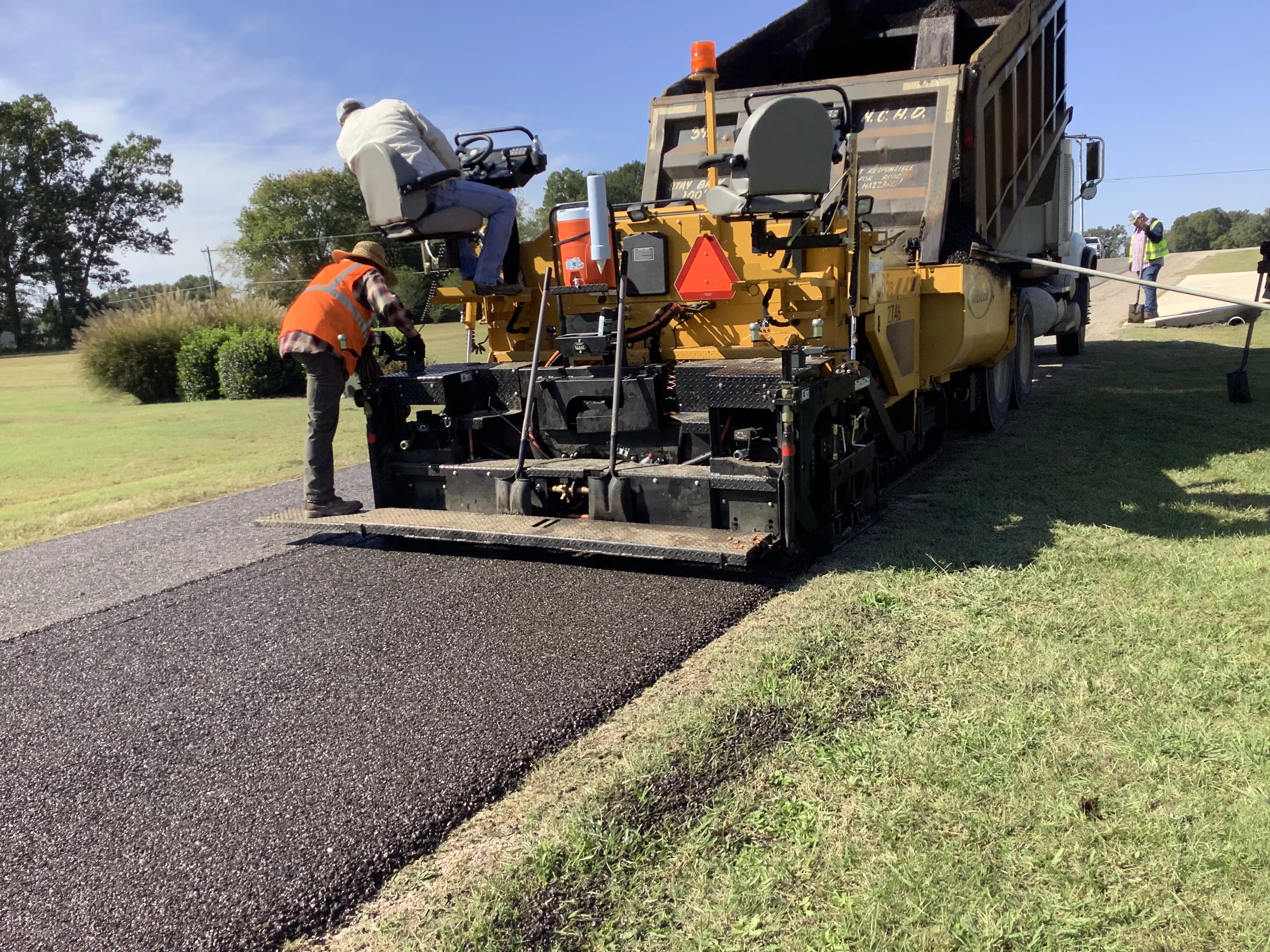Fascination About A1 Professional Asphalt & Sealing Llc
Fascination About A1 Professional Asphalt & Sealing Llc
Blog Article
A1 Professional Asphalt & Sealing Llc Fundamentals Explained
Table of ContentsThe A1 Professional Asphalt & Sealing Llc StatementsThe Only Guide for A1 Professional Asphalt & Sealing LlcThe Buzz on A1 Professional Asphalt & Sealing LlcThe Ultimate Guide To A1 Professional Asphalt & Sealing LlcExcitement About A1 Professional Asphalt & Sealing Llc

The oil in an auto engine is not simply oil. It includes a range of ingredients to improve the lorry's performance. These consist of polymers, viscosity modifiers, warmth stabilizers, extra lubricants, and wear ingredients. The REOB consists of all the ingredients that were in the waste oil along with the wear steels from the engine (mostly iron and copper).
By making lots of blends making use of different REOB samples and various asphalt binders, the variations mainly can be balanced out. Several States offered samples of known REOB structure to TFHRC researchers, who evaluated the examples to compare the percentage of added (understood) REOB to the discovered (examined) amount. The analyses revealed a comparable percentage of included and found REOB.
7 Simple Techniques For A1 Professional Asphalt & Sealing Llc
They obtained a frustrating response. The TFHRC researchers analyzed 1,532 samples from 40 States, one Canadian province, and 2 Government Lands Freeway divisions. They assessed each sample twiceamounting to greater than 3,000 analyses. None of those States recognized that the asphalt they were purchasing contained REOB. One State urged its samples had no REOB.
Of the 1,532 examples evaluated, 12 percent contained REOB, and some contained appreciably high levels of it at 1020 percent. The highest degree was 34 percent in a sample from Texas, which TxDOT had used in a patching substance. This screening likewise exposed the existence of phosphoric acid in 11 percent of the examples, and 2 percent consisted of ground tire rubber.
2 years back at TRB's yearly conference, the Federal scientists held an REOB workshop and provided the findings of their research laboratory analyses to a standing room-only group. Although some firms do not especially ban REOB, they do enforce physical tests that avert its useeffectively a ban. asphalt paving repairs. Others do not ban it by specification, however have arrangements with asphalt vendors to avoid the usage of REOB
Examine This Report about A1 Professional Asphalt & Sealing Llc
Ohio and Texas limitation levels to much less than 5 percent of the asphalt. To create a trustworthy examination technique that all you could try here States can use, the TFHRC researchers established up a round-robin test strategy.
The participants are checking the examples individually utilizing the standards given by the TFHRC scientists. The output will certainly be a recommended AASHTO test method that any kind of State can embrace and use.
The sidewalk with REOB, which lies 0.6 mile (1 kilometer) from the sidewalk without REOB, has the same subgrade, website traffic density, and climate. The section of Highway655 with 5 to 10 percent REOB showed considerable breaking. In this instance, the existence of REOB was the determined cause of cracking at a low temperatures.
"In our experience in copyright, even small amounts of 23 percent can be a problem." An area of examination pavement in Minnesota (MN1-4) located to contain REOB likewise split too soon. The pavement done well for the very first 3 to 4 years, yet after that began to split. This sidewalk is likewise based on low temperatures.
The 5-Minute Rule for A1 Professional Asphalt & Sealing Llc
The tests were not substantial, yet they showed that at levels of 6 percent or more, the tensile toughness of the asphalt dropped dramatically. At a degree of 3.5 percent REOB, the variant in the physical test methods was above the result of REOB. It was challenging for scientists to examine whether REOB was present. https://www.tripadvisor.in/Profile/a1asphaltseal.

One binder parameter considered is the difference between the reduced temperature level vital spec temperature for stiffness (S) in the flexing beam of light rheometer and the bending beam of light rheometer creep incline (m-value) noted as Tcritical. TC = TC (S) TC (m-value). Evaluation of this parameter is still recurring. Two independent research teams, one from AASHTO and the other from the Asphalt Institute, wrapped up that even more research study is required on making use of REOB in asphalt.
Formerly, all asphalt testing gauged engineering residential properties such as tightness. These tests do not reveal what materials had been included to the asphalt. One sample received throughout the TFHRC research study had a very weird analysis. The sample had the following test results: Superpave PG 64-28 with a heat quality of 67.3 Tcritical on the bending light beam rheometer was 6.7 degrees Celsius.

Not known Facts About A1 Professional Asphalt & Sealing Llc
These results demonstrate there are weaknesses in the standard design screening protocols that might be made use of. The producer may have an economic benefit and the item passes all the standardized tests, but the item may not be useful to ensuring long-term efficiency. To resolve this issue and the development of new asphalt ingredients and extenders, TFHRC is starting a research program to use handheld spectroscopic gadgets, x-ray fluorescence spectroscopy, and Fourier change infrared spectroscopy to enable evaluations to be done in the field instead of having to take samples back to the laboratory.
Report this page